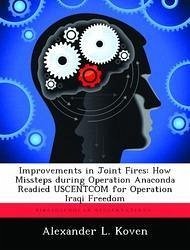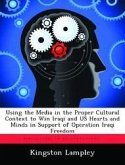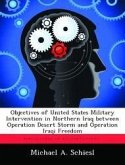This paper examines how years of poor Army and Air Force fires integration led, in part, to the initial difficulty during Operation ANACONDA. Yet, it was the problems and the lessons learned from Operation ANACONDA that allowed USCENTCOM to successfully meld maneuver forces with airpower for OIF. Key lessons included the rebirth of Battlefield Interdiction (BAI) through the 'corps-shaping' concept, the reduction in the importance of the FSCL, and improvements in C2 between the services through both the Air Component Coordinating Element (ACCE) concept and the ASOC's integration into the corps fires section.
Hinweis: Dieser Artikel kann nur an eine deutsche Lieferadresse ausgeliefert werden.
Hinweis: Dieser Artikel kann nur an eine deutsche Lieferadresse ausgeliefert werden.








